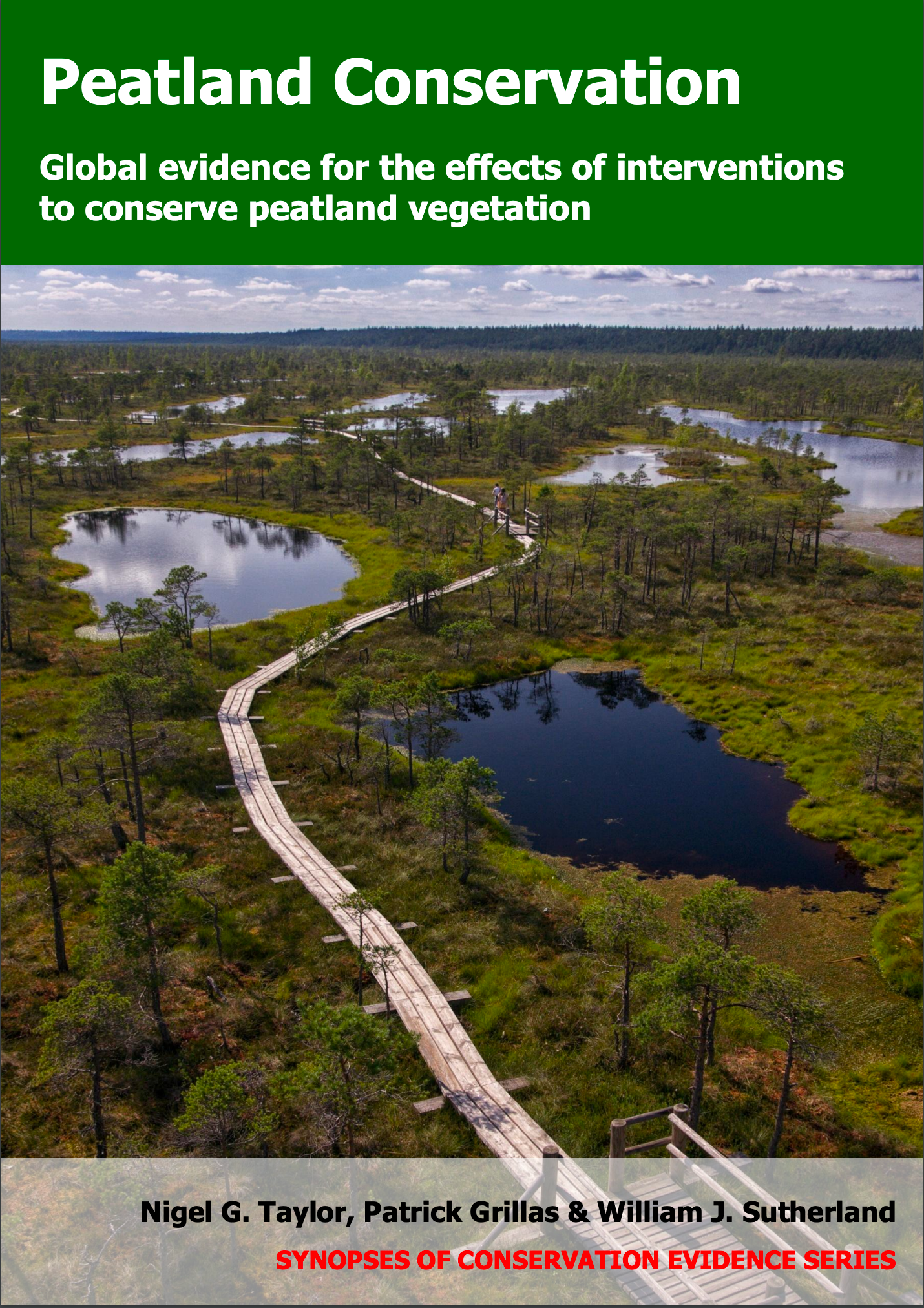Add root-associated fungi to plants (before planting)
-
Overall effectiveness category Unknown effectiveness (limited evidence)
-
Number of studies: 3
View assessment score
Hide assessment score
How is the evidence assessed?
-
Effectiveness
30% -
Certainty
35% -
Harms
0%
Study locations
Supporting evidence from individual studies
A controlled study in 2002–2006 in a logged peat swamp in Kalimantan, Indonesia (Turjaman et al. 2011) found that inoculating red balau Shorea balangeran seedlings with root fungi increased growth (for three of three fungal species) but did not affect survival (for two of three fungal species). Forty months after planting, inoculated seedlings were taller than uninoculated seedlings (213–240 cm vs 206 cm) and had wider stems (diameter 30–37 cm vs 27 cm). Only seedlings inoculated with Strobilomyces sp. fungi had higher survival (85%) than uninoculated seedlings (83%). Survival of seedlings inoculated with two other fugal species was 79–81%. In November 2002, 400 red balau seedlings were planted into logged forest: 100 inoculated with each fungal species and 100 uninoculated. Seedlings had been grown in sterilized peat in a nursery and inoculated with wild-collected spores suspended in water. Seedling height, stem diameter and survival were measured 40 months after planting.
Study and other actions testedA replicated, paired, controlled, before-and-after study in 2007–2009 in a peat swamp forest in Indonesia (Graham et al. 2013) found that inoculation with root fungi had no effect on survival or growth of two planted tree species: red balau Shorea balangeran and jelutong Dyera polyphylla. One year after planting, seedlings with and without added root fungi had similar survival (75–91%; data not reported separately for forest types), similar height increase (in five of five forest types; with fungi: 2–11 cm; without fungi: 3–10 cm) and similar diameter increase (in five of five forest types; with fungi: 0.6–2.7 mm; without fungi: 0.7–2.4 mm). In 2007 or 2008, nursery-reared seedlings (800 red balau and 700 jelutong) were planted in five forest types from natural/closed forest to degraded/open land. Approximately two thirds of these seedlings had been inoculated with fungi by adding spore tablets to the soil in the nursery. The other seedlings were not inoculated. After one year, seedling survival and growth were measured.
Study and other actions testedA replicated, controlled, before-and-after study in 2011 in a nursery in Indonesia (Yuwati et al. 2014) found that inoculation with root fungi typically had no effect on growth of peat swamp tree seedlings. Seedlings of 15 species were studied. Seedlings with and without added root fungi showed similar height growth for 14–15 species (depending on the fungus used) and similar stem diameter growth for 11–14 species. In June 2011, thirty seedlings of each tree species were inoculated with root fungi (10 seedlings for each of three fungal species). Ten additional seedlings were not inoculated. Seedlings were planted in pots of sterilized peat, having been grown from sterilized seed or transplanted from the wild. The duration of the experiment was not reported.
Study and other actions tested
Where has this evidence come from?
List of journals searched by synopsis
All the journals searched for all synopses
This Action forms part of the Action Synopsis:
Peatland Conservation
Peatland Conservation - Published 2018
Peatland Conservation





)_2023.JPG)














